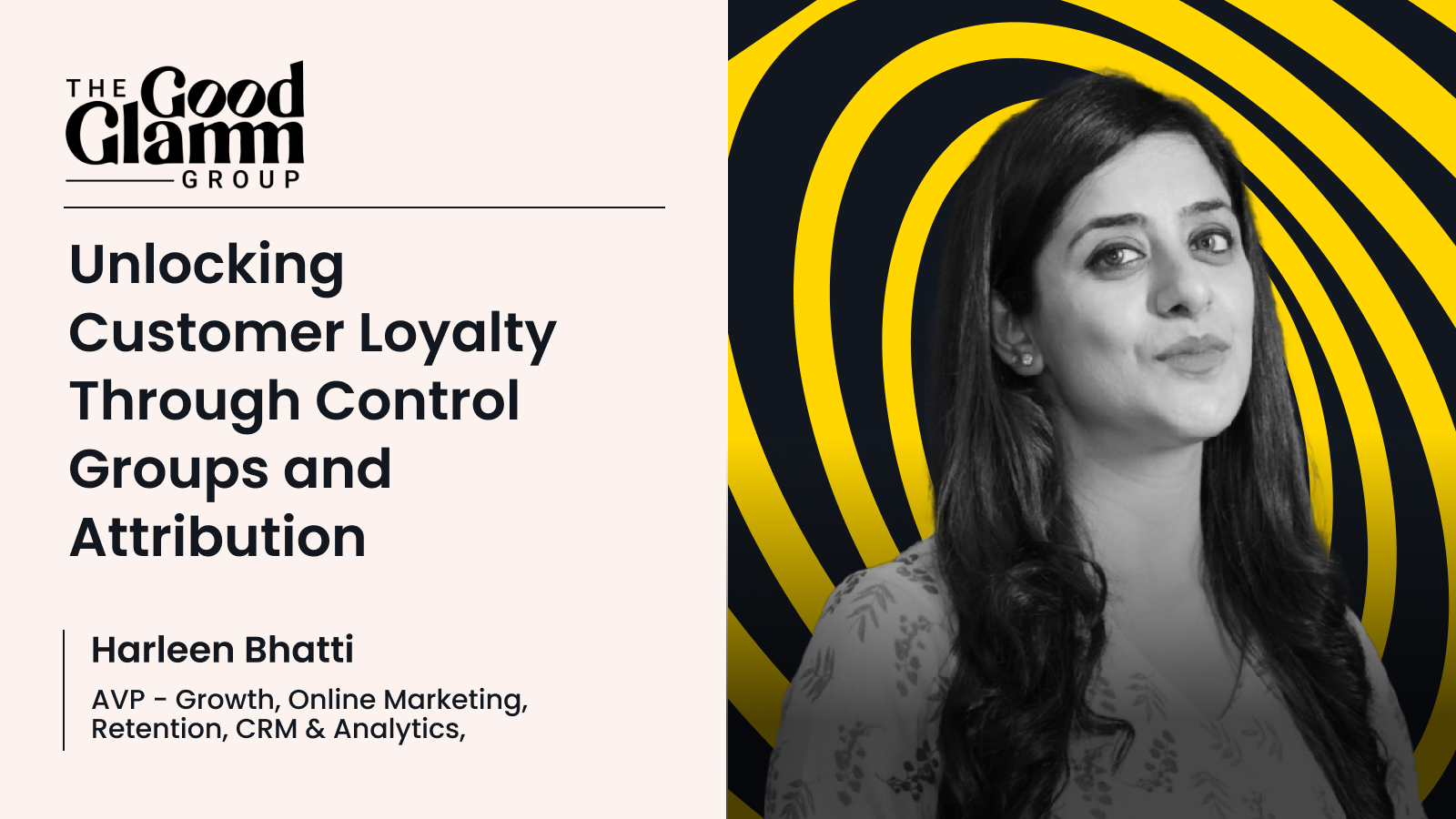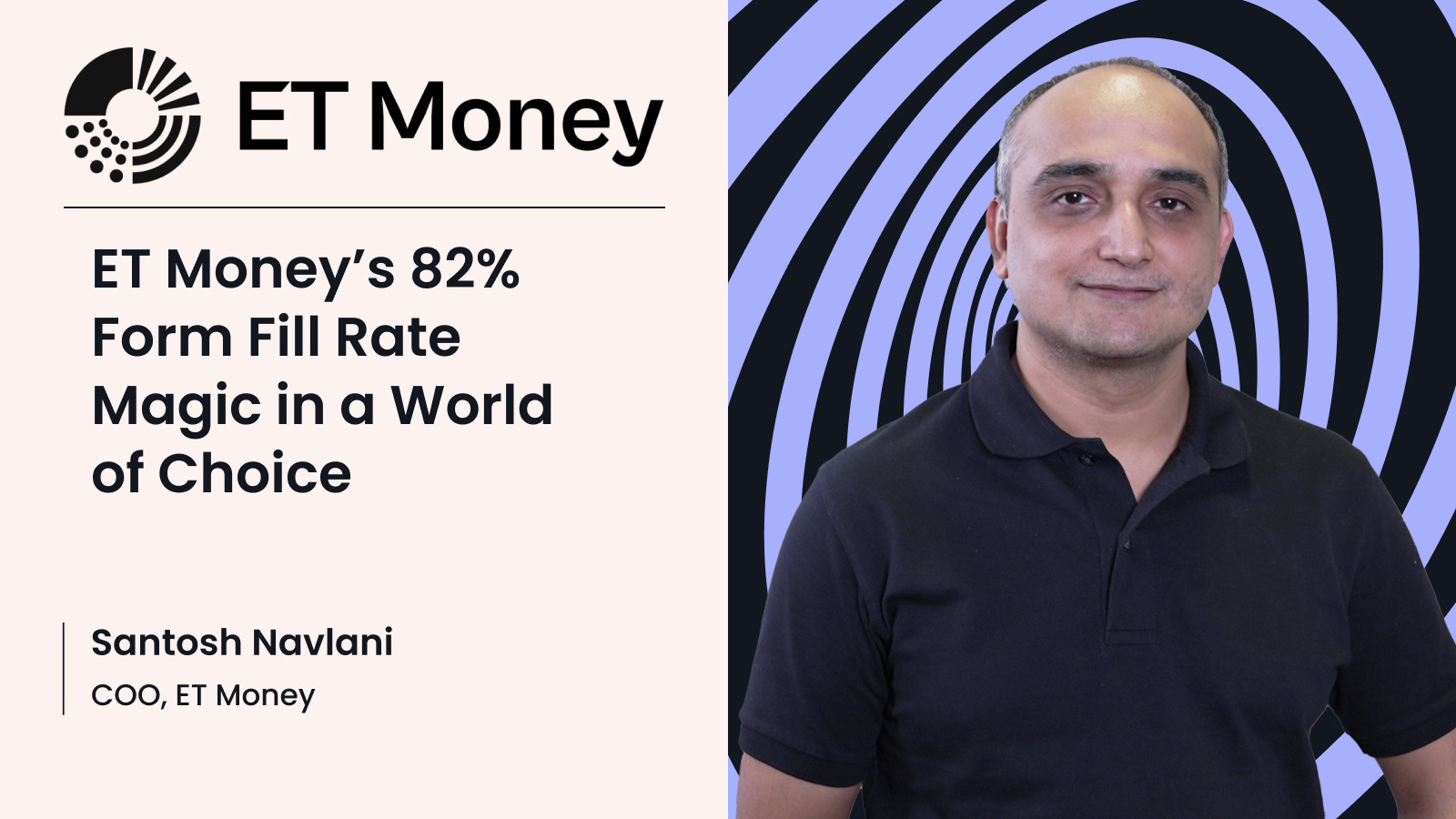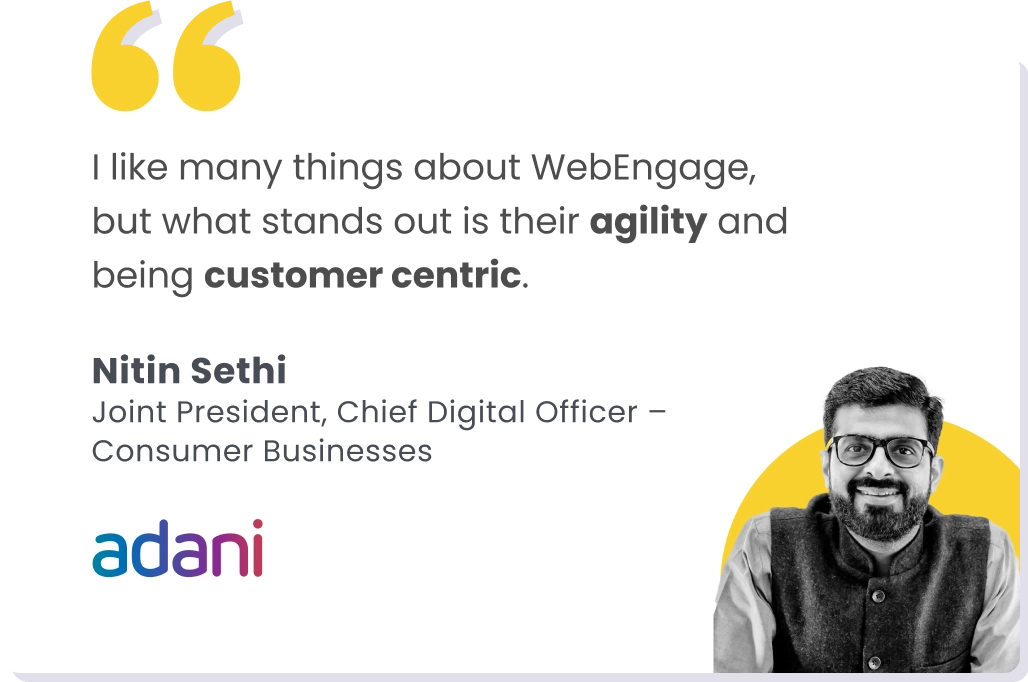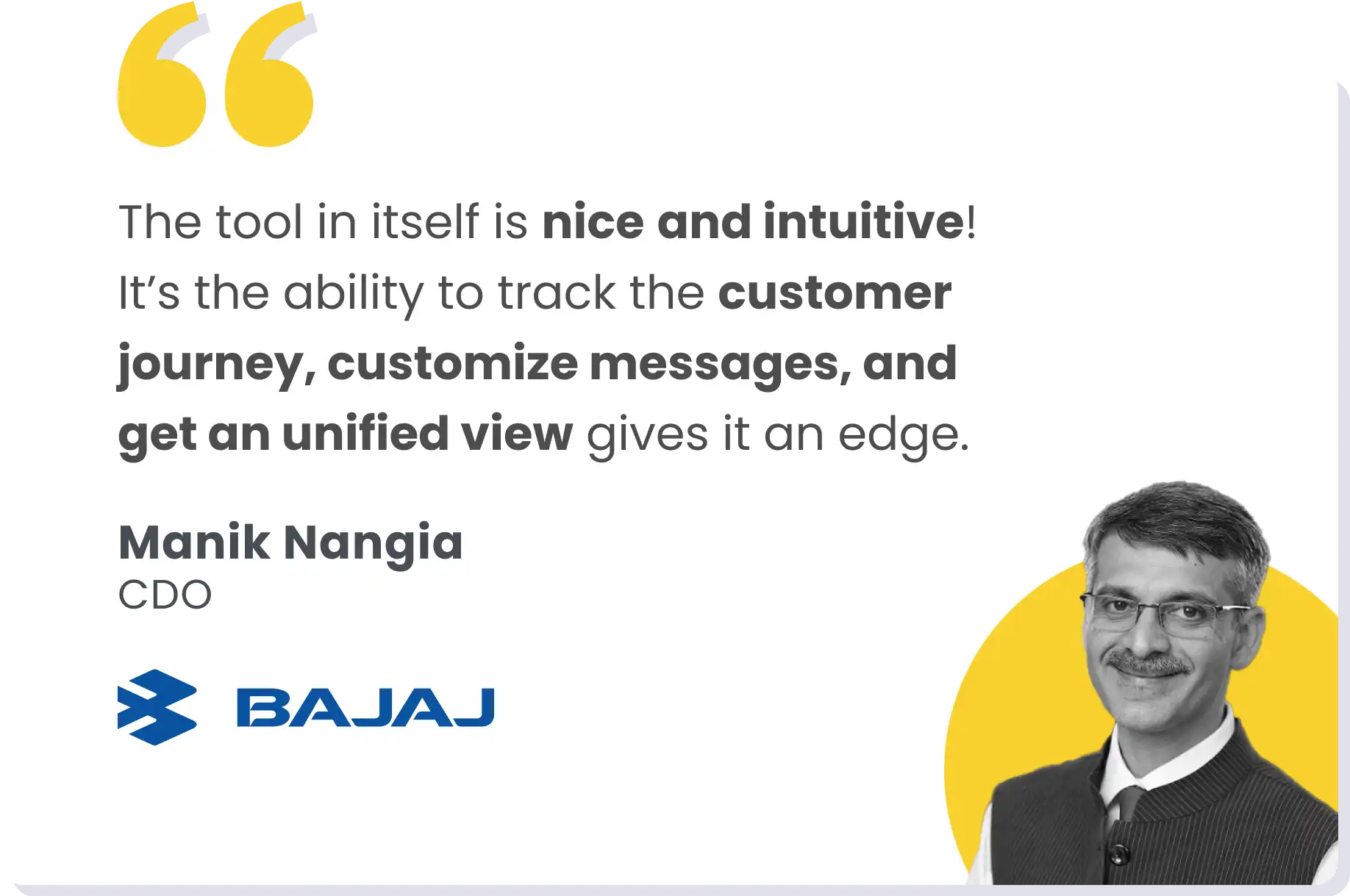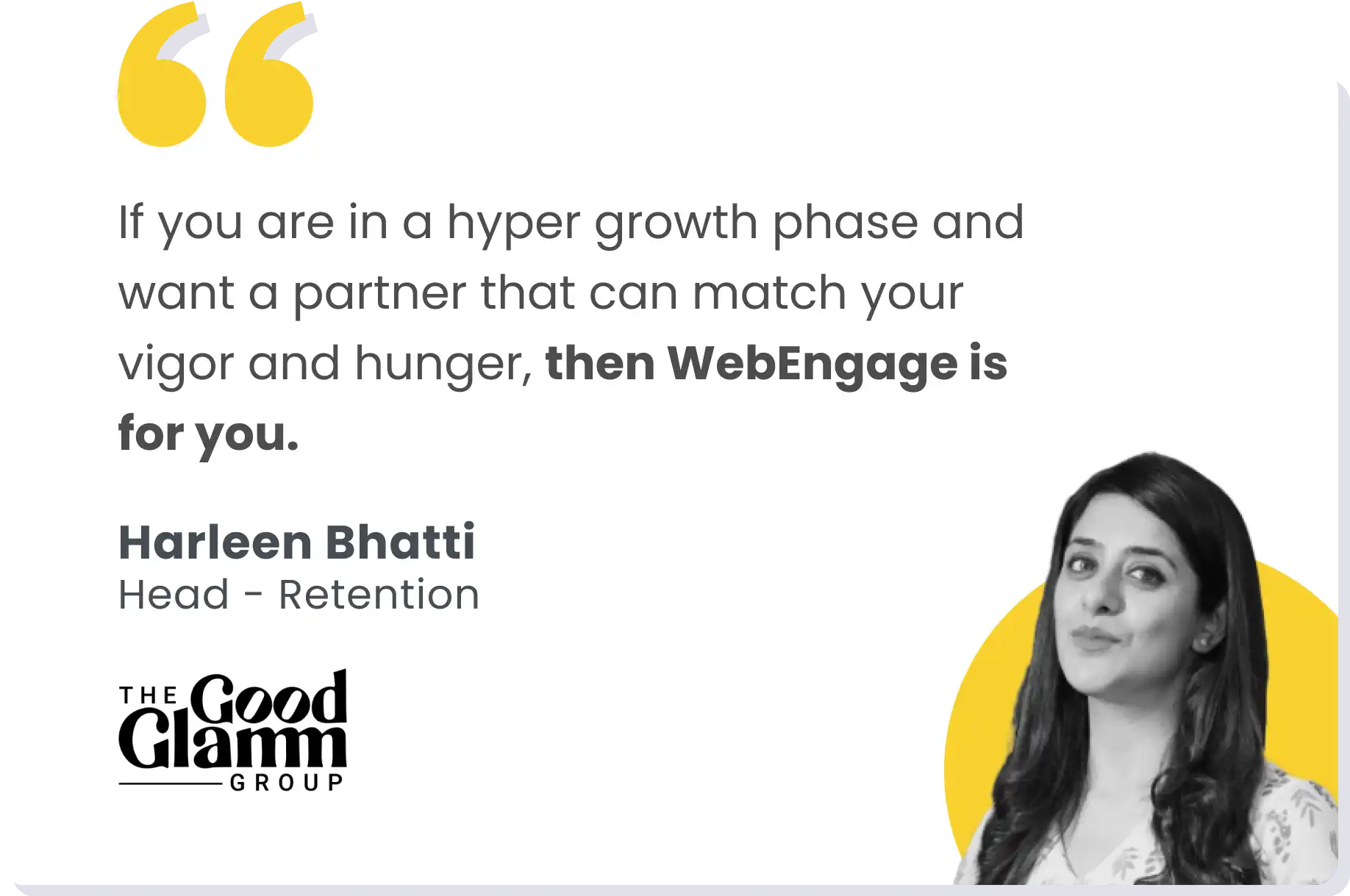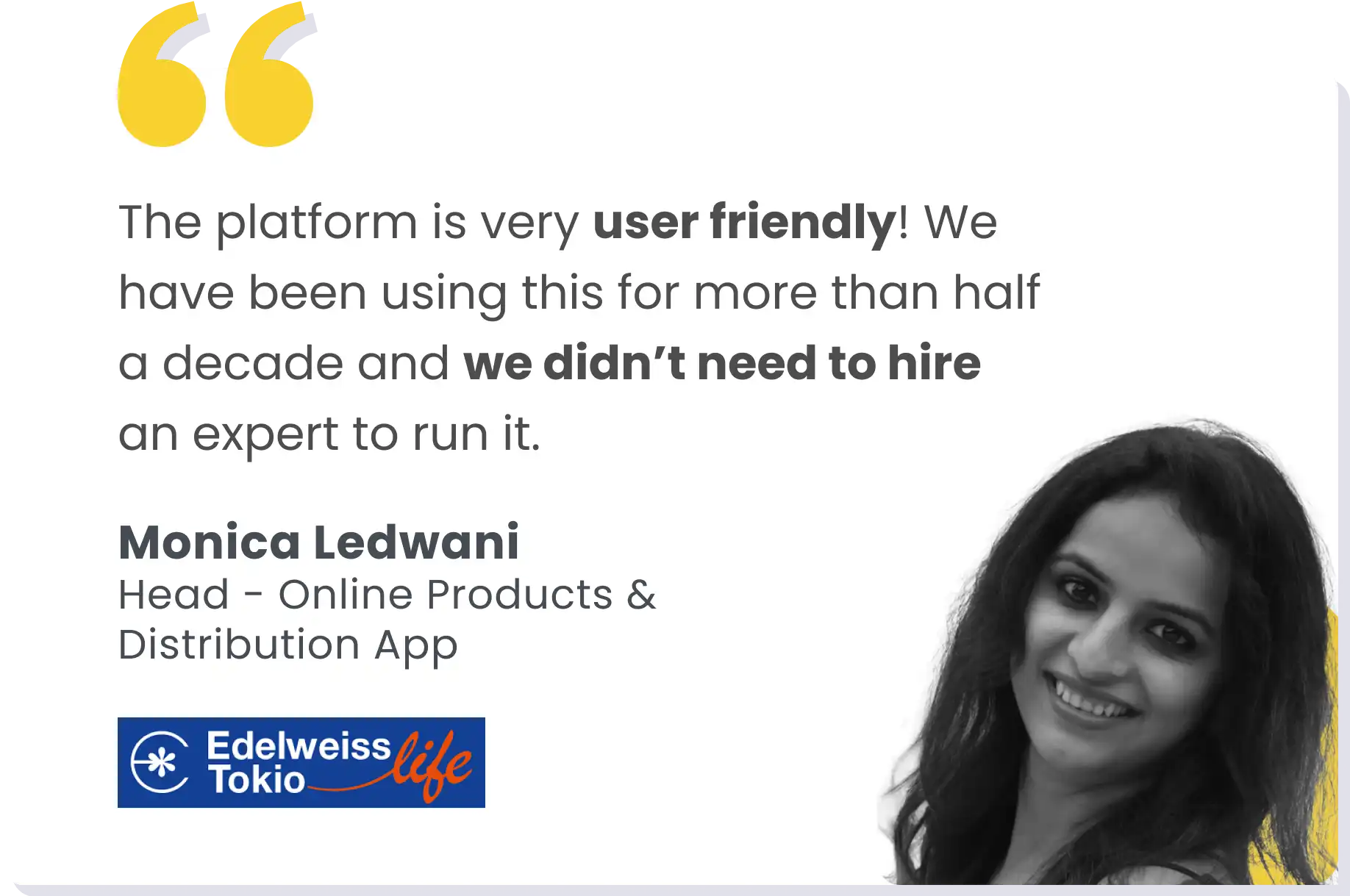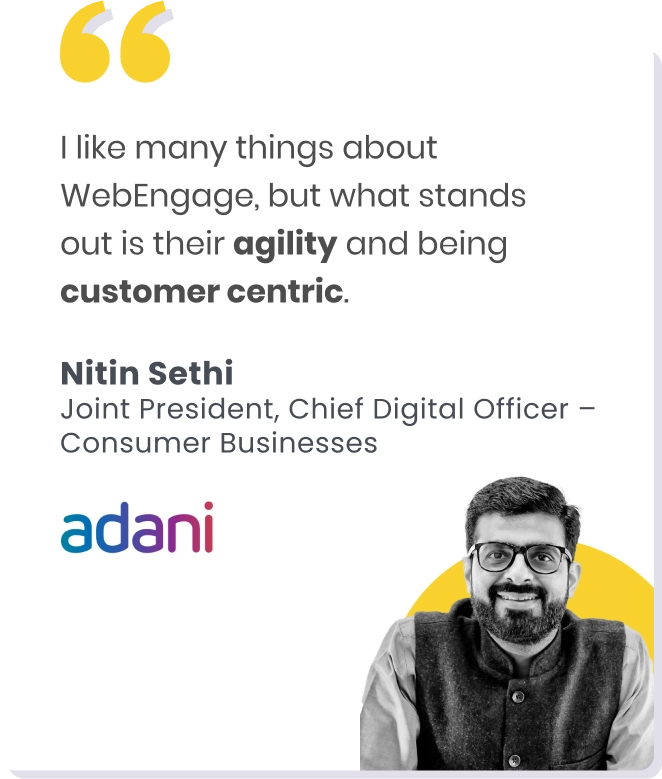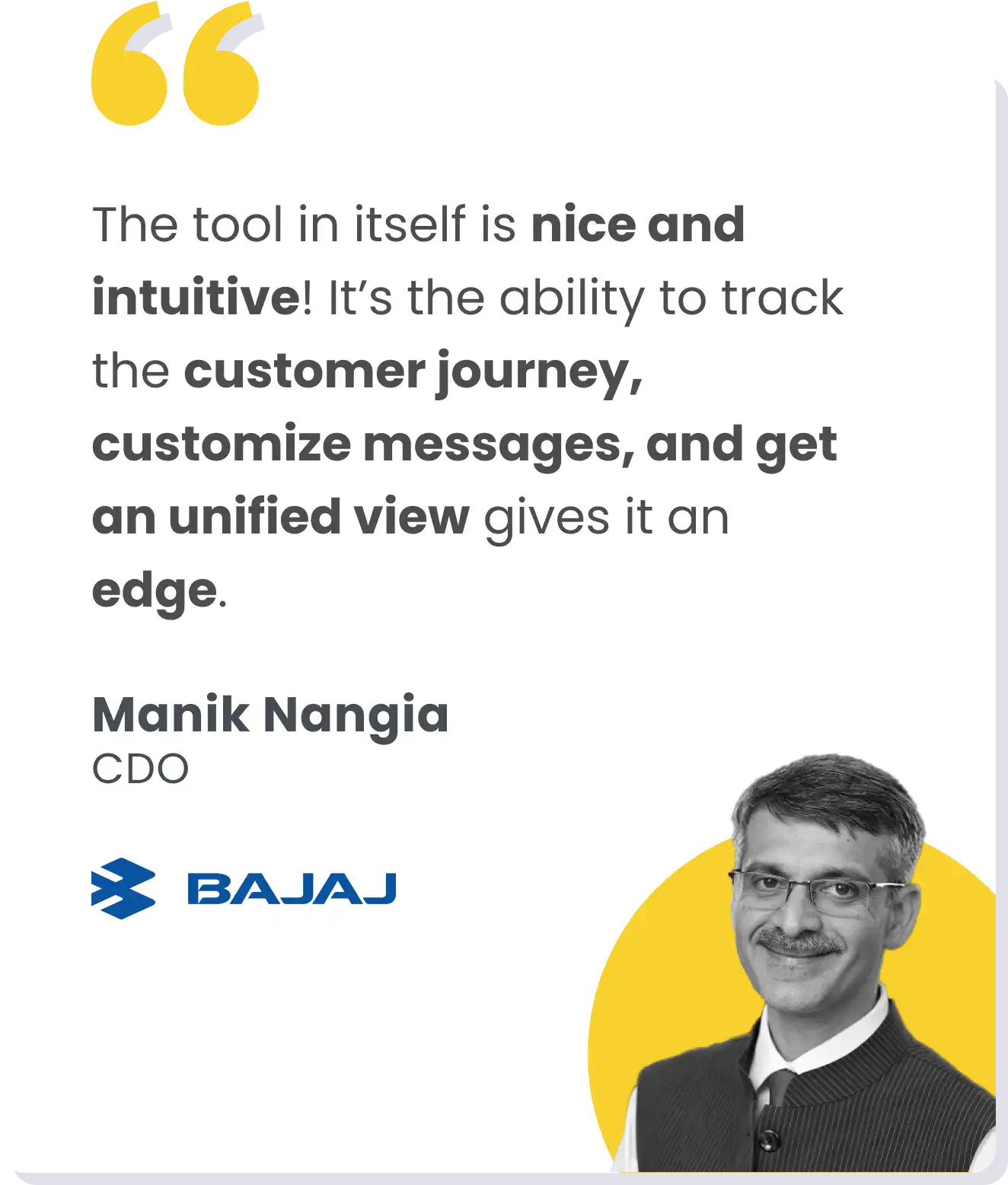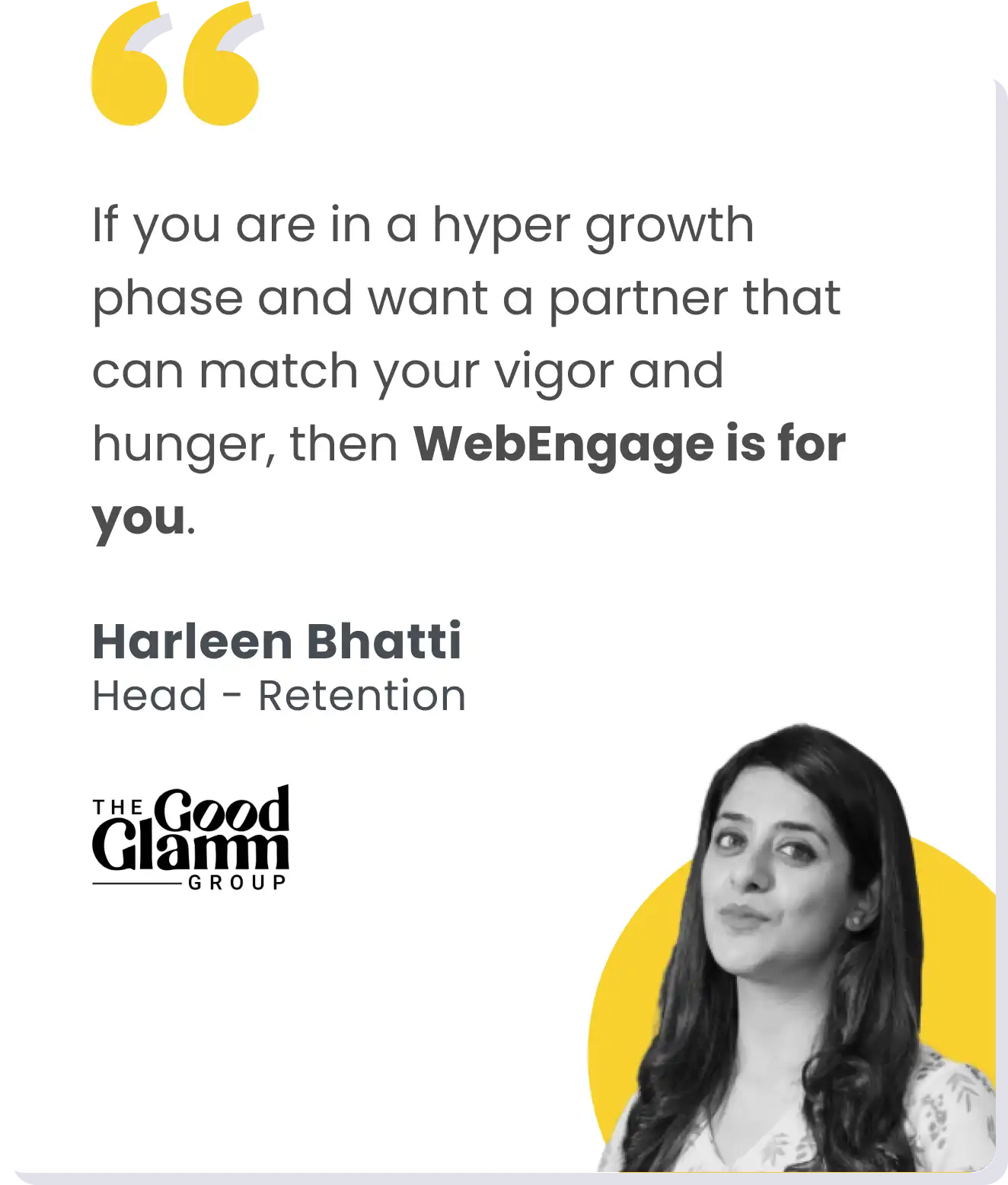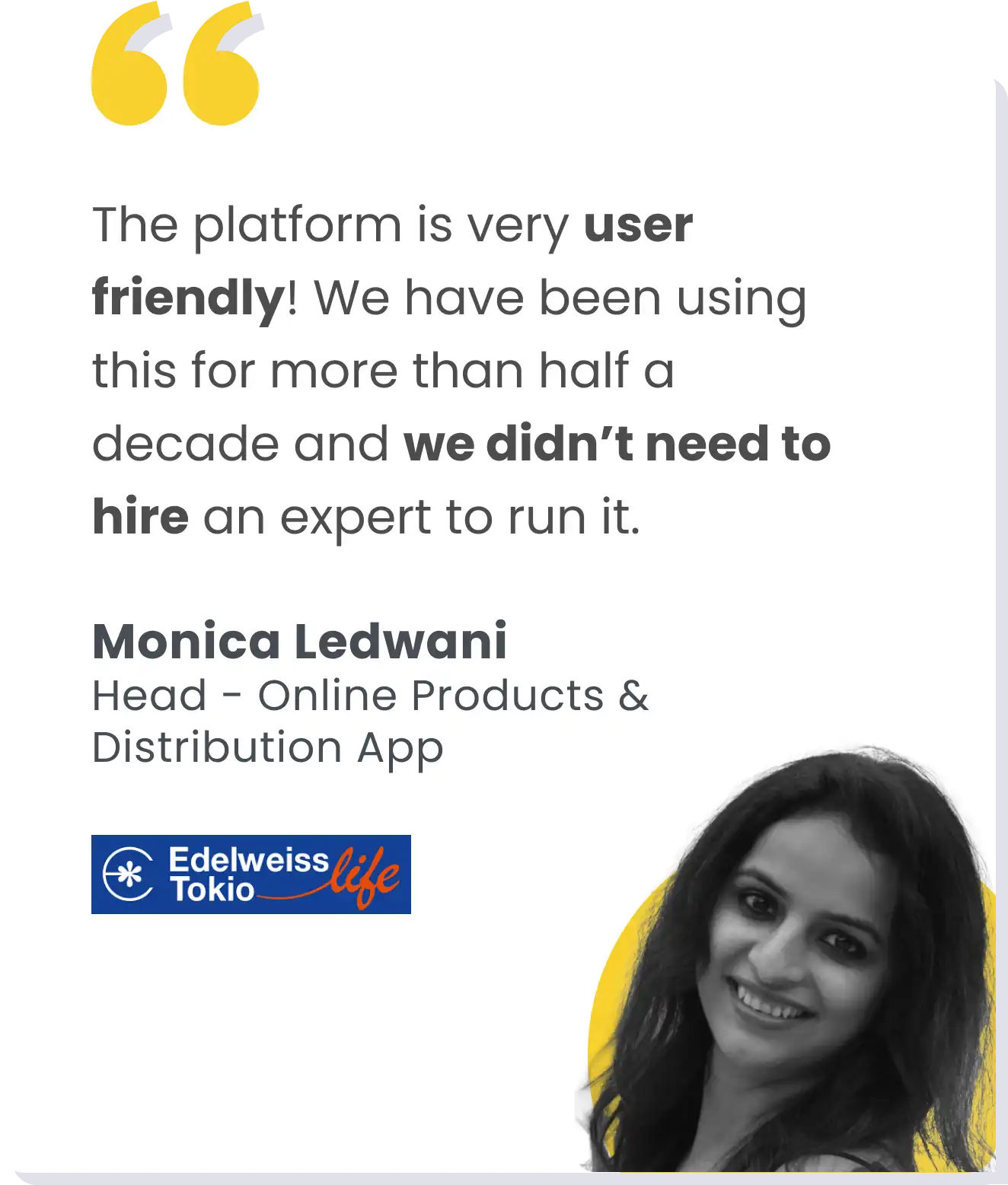Imagine boosting your activation rates by 300% and conversion rates by 50% – all by tweaking how you approach customer segmentation and engage your users. Sounds too good to be true? Well, that’s exactly what we achieved at Meesho through strategic funnel optimization and target market segmentation.
As growth leaders, we constantly seek ways to break through the noise and drive meaningful results. Two powerful tools in our arsenal are customer market segmentation and funnel optimization. When wielded effectively, they can transform your growth trajectory.
In this post, I’ll share battle-tested strategies for customer segmentation and funnel optimization from my experiences at Unacademy and Meesho. You’ll learn how we achieved these impressive results and how to apply these growth-driving insights to your business.
The Power of Segmented Funnels
One of the biggest mistakes companies make is treating all users the same. As you scale, segmenting your audience and creating tailored funnels becomes crucial. At Unacademy, we saw dramatic improvements when we moved from a one-size-fits-all approach to segmented funnels based on distinct market segments.
For example, we initially had a single funnel trying to convert all users from signup to activation to paid subscriptions. However, we quickly realized that K-12 students behaved very differently from test prep students. K-12 conversions were lagging because while students were the users, parents were the actual customers making purchase decisions.
Armed with this data, we created separate funnels with different messaging, timing, and channels for each market segment:
This customer market segmentation approach led to significant lifts in both activation and conversion rates.

The key is to identify meaningful segments based on user behavior, demographics, or other relevant factors. Then, tailor your funnel and messaging to each segment’s unique needs and decision-making process.
Optimizing Each Stage of the Funnel
Once you’ve defined your target market segmentation, optimizing each stage of the funnel is crucial. At Unacademy, we broke this down into three key metrics:
For each metric, we assigned ownership to different teams:
This clear ownership structure, combined with shared Objectives and Key Results (OKRs), drove alignment across teams and rapid improvements in our overall funnel optimization efforts.
Building Trust Through Targeted Engagement
Another powerful tactic we employed was leveraging time spent in the consideration phase. We realized that users spend more time engaging with your product/content when they’re evaluating a purchase.
At Meesho, we capitalized on this by creating a mentorship program pairing new resellers with experienced power users.

This accomplished two key goals:
Key Takeaways for Growth Leaders:
Conclusion
As we’ve explored, the power of target market segmentation and funnel optimization cannot be overstated. These aren’t just buzzwords – they’re battle-tested strategies that can drive exponential growth when executed properly.
Applying these strategies can create more effective, personalized user journeys that drive activation, conversion, and long-term retention. The most successful growth leaders constantly experiment with customer segmentation and funnel optimization. I hope these insights give you some ideas to test in your own growth efforts.
Remember – there’s no one-size-fits-all solution in customer market segmentation. Still, by applying these principles, you’ll be well on your way to unlocking new growth levers for your business.





